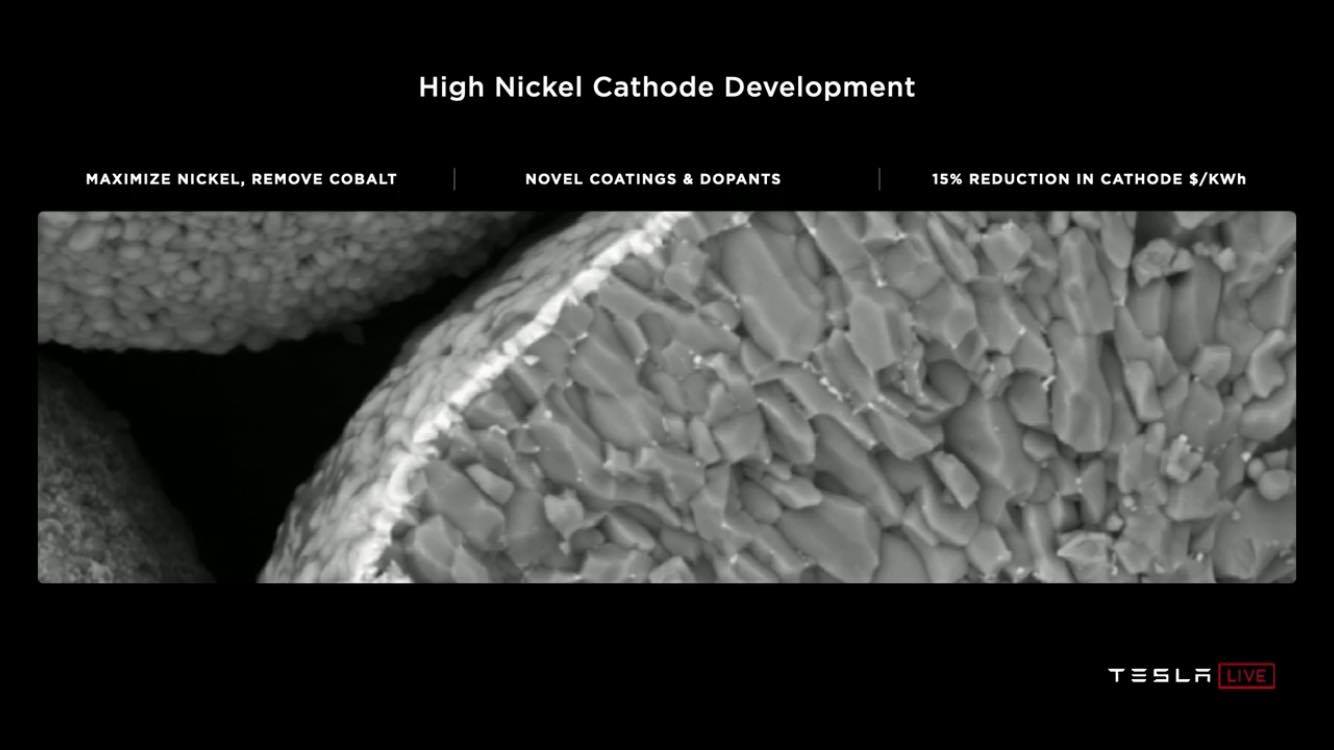22 September saw the long-awaited TESLA conference, baptized by Elon Musk as the new “Battery Day” (which was usually celebrated on February 18). The name was supposed to herald the revolution in battery cell technology used in electric cars. Let’s see if it happened.
New type of cells
A significant part of the event was devoted to the presentation of the new type of cells that will be used in TESLA car batteries. The company’s development forecasts showed that at the current rate of growth, the company’s batteries for them may simply not be available. The production limits of battery cell suppliers prompted Tesla to develop new improved production and construction methods of energy storage devices.

The company decided to move away from type 18650 and 21700 cells, replacing them with 4680 cells (the name comes from 48 mm diameter and 80 mm height).
The larger jelly roll packs more active material into the housing, which allows for 5 times more capacity and 6 times more power. Taking into account the dimensions and weight, the new factory form provides a 16% increase in range compared to previous ones. It also reduces the cost of the battery per dollar per kilowatt hour by 14%.

Ecology and economics first of all
The efficiency of the new cells is not only the result of a change in their size. New ways of utilising silicon in production, allow the use of a higher percentage of this element in the construction. The result is a cheaper cell, which can also boast a higher capacity.

New high-nickel cathodes will be used in the production process, completely eliminating the need to use cobalt. From the chemical point of view, cobalt is a fantastic anchor for a cathode, but its use has many consequences. It is toxic and its extraction is difficult and expensive, very rarely carried out in humane conditions.

All this would not have been possible without fundamental changes in design, the new Tesla 4680 cells eliminate the need for a tab inside and instead integrate its function into the roll itself, resulting in a clean, uniform appearance. The result is reduced internal resistance. This has a major impact on heat generation, simplifying production and reducing costs.
The cherry on the cake is the fact that the new process uses much less water than traditional processing. The water consumption will be practically negligible and the lithium processing technique itself is supposed to significantly reduce the pollution generated in the process. The company also announced that most of the materials needed for the production of new cells are to come from the recycling of old batteries.

The first car to use the new type of battery will be the Tesla Roadster. The cells are also to speed up the appearance of functional electric trucks (Tesla Semi) on the roads. The company has also announced the production of a new segment of cars, much cheaper than the current models, with new cells and a full autopilot function.
This is an important step towards increasing the availability and popularity of electric vehicles, and thus reducing the amount of greenhouse gases emitted to the atmosphere every year.
Related posts
Most viewed entries
- Electricity in a camper van on holiday – a conundrum easily solve
- Off-grid installation on a plot. Is it worth it?
- Charging your electric car at home without a wallbox
- Inverter – what it is and what it is used for
- Zero VAT on energy storage in the UK possible soon
- Greece sets aside €200 million for photovoltaic subsidies!

